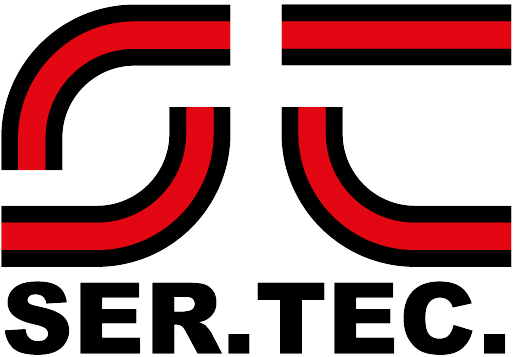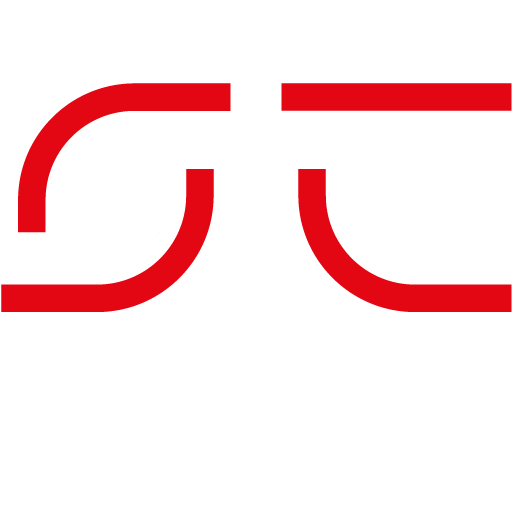When we talk about “Printing” we tend to focus only on “printing technology”. If we look at “Industrial Printing” the focus is no longer just on the machine that prints but on:
- The printing process as a whole that goes into the pre- and post-printing stages, where there might be one or more steps/stages
- The industrial process as a whole, looking at the production processes of one or more products, both internal and possibly external
Bringing analogue and digital printing technologies side by side will be a strategic investment for many players in the production sector:
- Helping to optimise workflows
- While ensuring maximum flexibility and application versatility
The following topics are addressed below:
1. ENCOUNTER BETWEEN ANALOGUE AND DIGITAL TECHNOLOGIES
In this continuous technological evolution, one of the challenges is the transition from “analogue” (screen printing) to “digital” printing systems. The market trend is to “push companies” to replace the former’s machinery and technology with the latter. (We talked about this in this article)
Before thinking about “replacement”, it is important to focus on the integration of “analogue” and “digital” systems that are needed when:
▶️ production processes, islands of work already in the company have ‘no reason to be replaced’ because they are functional to the result and bring the required value for their customer
▶️ the technical characteristics of the final product, which are the result of the former, cannot be completely replaced by the latter
▶️ the replacement of a production process has high investment costs that do not justify the investment itself
▶️la combination of the two technologies gives a product advantage because it “combines” features/attributes that become almost unique
Examples of the meeting of analogue and digital
Digiscreen S – Digital Screen Printing on Carousels
D2M – Innovative system for creating frames
A further avenue could be to maintain processes already in place in the company (with or without integration) and implement new ones, considering new digital technologies that lead the company to:
- improve time, repeatability and feasibility of the design/prototyping phase for new product development
- develop new business models thanks to the high customisation of new technologies
Examples of digital technology
Eagle 70R – Medium Format Digital Printer
Eagle R360 – Digital Printing on Cylindrical and Conical Objects
2. THE INTEGRATION OF TECHNOLOGIES ALONG PROCESSES
The mere replacement of a “printing system” may not have a significant impact on the company’s productivity, if it is not observed:
- the entire printing process with its pre- and post-printing phases
- the production process as a whole, within which the printing process is embedded
From this point of view, with an overview, we could see that bottlenecks and inefficiencies are among:
- one stage and the other (even if state-of-the-art machines and equipment are present)
- between departments
- between production and the external supplier
To solve these problems and increase productivity, process automation should be considered, for example in the following ways:
- redesigning traditional pre- and post-printing systems to adapt to new printing processes
- integrate automated loading and unloading systems
- creating robotic work islands
- integrate machines, production lines before and/or after printing in a 4.0 perspective, depending on the requirements, protocols and systems most in use
- create systems and platforms for machine management, quality control and data analysis that facilitate the work of people in the company during both production and maintenance
- consider implementing in-house printing processes (which were previously external) or the other way around
Depending on the industry, we can be faced with complete printing lines (e.g. pre- and post-printing equipment, loading and unloading systems, ovens, printing systems) or complex production lines that have complete lines and/or individual printing technologies within them.
Examples of complete press lines:
ROTOPRESS P2-6T Auto – Automatic press with 6 rotating planes and 2 heating heads Integrated with automatic modules: A.T.P. for loading, S.T.A. for peeling and R.A.T. for unloading
S1-300 2NT – Automatic line for printing one to four webs, consisting of 2 colours, intermediate dryer, dryer and rewinding system
S2 Roto Line – Automatic in-line line for printing on aluminium reels, comprising S2-700, winding/unwinding system and drying oven
Examples of complex production lines:
Eagle 130 UV Cylinders – Digital printer for cylinders of different sizes and weights, with automatic loading system that reduces manual lifting of heavy objects
Eagle 70 LINE – Complete line for
digital printing, equipped with preheaters, IR dryer and a belt system that facilitates continuous loading of materials
Ski Rods Line – Automatic screen printing line for ski poles and small cylinders, with automatic loading/unloading, single-colour printing and hot and cold drying
When talking about integration, it is important to consider not only integration within the production processes of a company, also referred to as horizontal integration, but also, to consider vertical integration, i.e. integration between production and other company areas (e.g. purchasing, quality control, design, etc.).
3. TOWARDS THE CREATION OF A PRINTING PLATFORM: MACHINES + SOFTWARE
In addition to the benefits in terms of productivity and operational efficiency, building an integrated system allows the company to create a “platform”, consisting of different machines, equipment and systems, data and automation, that
- Brings value to the company, its customers and raises the barriers to entry for competitors
- Systematises and enhances its know-how
- Enabling the development of new market opportunities and new business development
Examples of platform lines for printing:
Digipor – Automatic line designed by us consists of several units assembled together and communicating thanks to a single management system
S3P – S3P machine line for producing large-format prints on different thicknesses with maximum flexibility, thanks to innovative registration systems
The challenge will be the ability to precisely define and set up the integrations between the various systems, creating an effective “nervous system of the company” where information and data “travel” correctly without blockages, giving quick and timely responses.

